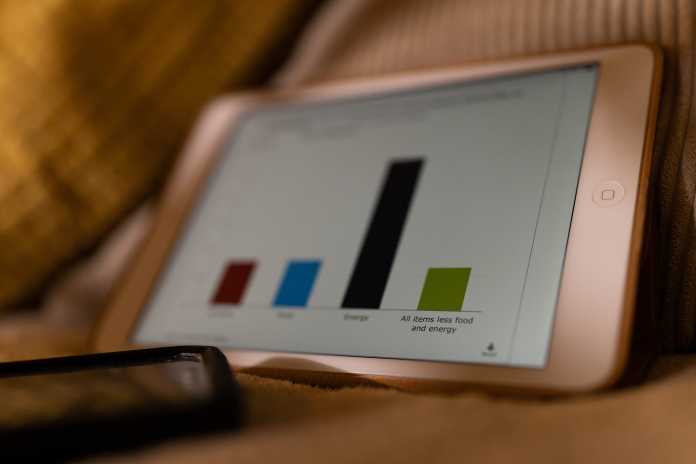You may test generalisations about these groups using only a tiny sample of their member’s thanks to the logic of sampling.
A population is a collection of occurrences that share a characteristic. The following instances show how the phrase frequently refers to a group of people:
- Every Crawford County voter who is registered to vote
- Everyone who belongs to the International Machinists Union
- United States citizens who played golf at least once last year
Researchers frequently seek information about populations but lack data for each individual or entity inside the community. It would not be practical (or possibly not possible) for a business’s customer service department to get in touch with every consumer to inquire about their satisfaction. Instead, the business might pick a representative sample of the populace.
A sample is a more condensed group of people chosen to represent the entire population. The sample must be random to utilise statistics to discover things about the population.
Every member of a population has an equal probability of being chosen in a random sampling. A straightforward random sample is a most often used sample. Every potential sample of the chosen size must have an equal chance of being used.
A population’s characteristic is a parameter. A sample statistic is one of its properties. Based on a statistic calculated from a sample randomly selected from that population, inferential statistics allows you to make an educated judgement about a population parameter.
What is the difference between parameter and statistic?
- Statistics is a descriptive measure of a sample, whereas a parameter is a descriptive measure of the population.
- Statistics may be calculated and observed directly, whereas parameters cannot.
- Statistics serves as the estimator for the population parameter and is used to derive (infer) parameters. The population mean is estimated using the sample mean (x).
- Values for parameters are roughly equivalent to the sample values rather than being exact.
The Most Popular Parameters
The measures of central tendency are the parameters that are employed the most frequently. These metrics, which characterise how data behaves in a distribution, include mean, median, and mode. Below is a discussion of them:
Mean
The mean, usually known as the average, is one of the three measures of central tendency that is most frequently used. The parameter is used by researchers to define the distribution of ratios and intervals in the data.
The mean is calculated by adding up the values and dividing them by the total number of points. For instance, the mean for five homes with 5, 2, 1, 3, and 2 children can be determined as follows:
= (5+2+1+3+2)/5
= 13/5
= 2.6
Mean
When calculating variables with ordinal, interval, or ratio scales, the median is employed. It is obtained by selecting the number or numbers in the middle after ordering the data from lowest to highest.
The median is typically the middle value when the total number of data points is odd. If the numbers are even, the mean is calculated by adding the two middle values and dividing the result by two.
When there are a few distinct data points, the median is frequently employed. For instance, there might be a group of students who are older than the others when determining the median age of students entering college. By indicating that the average age of students entering college is higher, using the mean may skew the results, whereas using the median may provide a more accurate picture of the situation.
Consider the following values of 10 students as we attempt to determine the median age of students starting college for the first time:
17, 17, 18, 19, 19, 20, 21, 25, 28, 32
The average of the aforementioned numbers is (19+20)/2, or 19.5.
Mode
The number that appears the most frequently in a data distribution is the mode. It displays the number or value that appears most frequently or with the highest frequency in the data distribution. Any kind of data is used in the mode.
Consider a college class of roughly 40 students as an illustration. The students take a test exam, which is graded, and are then ranked from lowest to highest in groups according to their scores on a scale of 1 to 5.
These are the grades for the marks:
- 5 in Cluster 1
- Group 2: 7
- 13 in Cluster 3
- 12 in Cluster 4
- Group 5: 3
Most pupils are found in Cluster 3, so the median number of students is 13. It demonstrates that out of 40 pupils, the majority received grades in cluster 3.
Two different sorts of data—variance and standard deviation—describe how dispersed the values are. Typically, a school’s single class of students would be roughly the same age. The variance and standard deviation will be small given the students’ ages.
There will be people of all ages living in one country. In that case, the age variance and standard deviation throughout the entire nation would be greater than in a single school grade.
Parameter and statistic are both pretty much the same. More terms in difference between parameter and statistic will be easier once you understand the explanation. In statistics, a sample or set of examples is used to describe anything. However, the complete population is described in Parameter.
Imagine doing a random voter survey as part of your political career. It claims that 55% of people plan to support competitor A in the election. It’s a measurement. Why? You only asked the population to decide in favour of an example, a tiny charge. Using the case, you concluded what the general public would likely do.
Conclusion
This material contains pertinent information about the difference between parameter and statistic, which can assist you in comprehending the concepts at their core. Although the terms used in statistics, such as mean, median, mode, variance, and standard deviation, differ, the parameter displays the entire set, group, or population.
Author bio
I’m Rajat, I love to read and write articles. I love to write content on different topics on behalf of different companies. I have written on technology & informational content for different niches.







